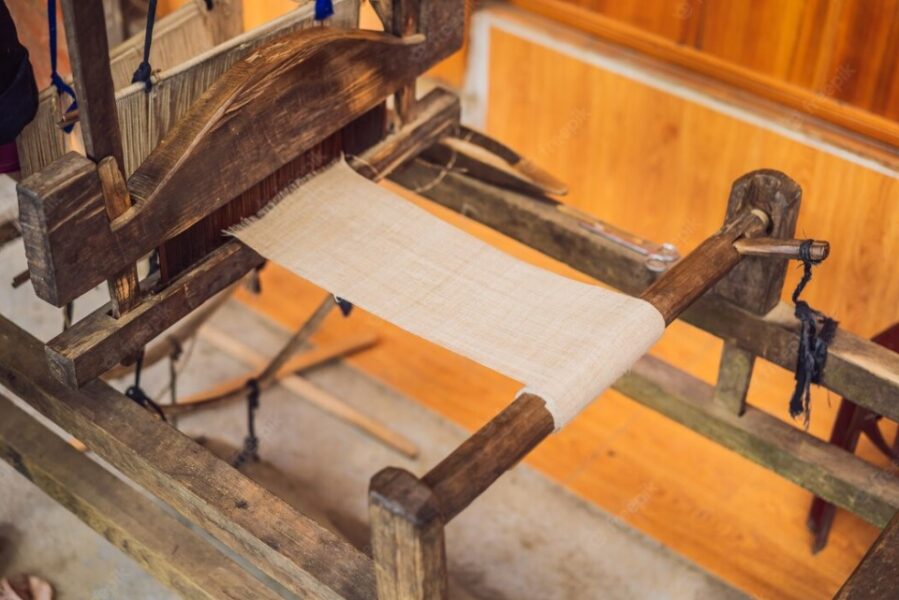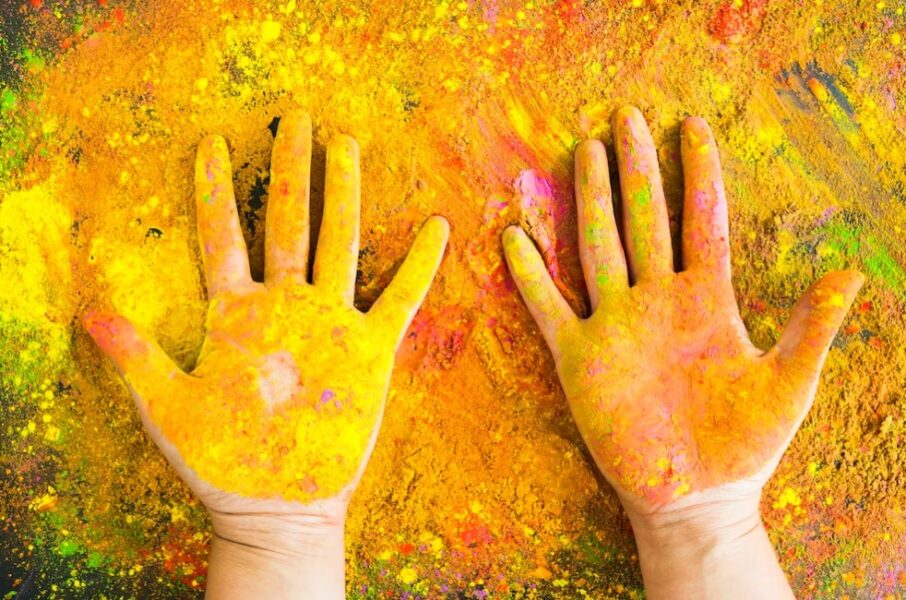
The human race will suffer immensely if the climate catastrophe is not handled immediately. It is patently evident that the only viable option is a sustainable future. Although this concept is relatively new, it has been in India for a long time. The subject of environmentalism has permeated many customs, celebrations, and even philosophical ideas.
India has a rich history of civilization. Harappan Civilization was one of the first civilizations in ancient India. Many historical civilizations provide excellent examples of sustainability if they are studied. History demonstrates how innovative and significant our forebears' actions were in maintaining a clean and green world.
If you look closely, sustainability can be found in every action taken by our ancestors.
Their selections demonstrate that they had a sustainable and waste-free lifestyle, from their clothing and kitchenware to their diet and way of living. We must reconsider our decisions now that the results of our lifestyle choices are visible to us. Learning from the past is the best method to do this.
Let's explore the past to discover what ancient Indian culture can teach us about sustainability.
Beauty and Grooming
In India, neem combs have been used for millennia. Brushes made from neem and bamboo twigs were used. Even then, people were aware of bamboo and neem's anti-fungal and anti-bacterial qualities. It makes sense that bamboo toothbrushes and neem combs are making significant comebacks as alternatives to plastic brushes and combs.
Herbs and medicinal plants abound throughout India. Many skincare regimens included the use of milk and turmeric. Various berries, including Shikakai, Amla (Indian Gooseberry), and Reetha (Soap Nuts), were utilized in hair treatment. Sugar and lime were used to make skin wax.

People enhanced their beauty routines using only natural products. The fact that they all produce zero waste and do not harm the environment is crucial. They are mighty while also being gentle on our skin and hair. Our grandma's flawless skin and hair are a fantastic testament to the efficacy of these natural components when children experience hair loss, gray hair, and blemished complexion.
Clothing
In the past, Clothing was mostly made of cotton and silk. These two materials are both 100 percent biodegradable. A single piece of fabric was used several times before being discarded. Old cotton saris, for instance, were transformed into blankets. And these blankets were then used for several years.
When these were worn out, they were first used to wipe the kitchen counter, then the floors, and eventually, they were braided to create lovely doormats. That's not only a resource-efficient and excellent use of resources, but also a terrific technique to delay the amount of garbage that ends up in landfills.

Their motto was "Reduce, Reuse, and Upcycle your possessions."
It is imperative that we learn from our predecessors the value of sustainable fashion in this age of quick fashion. All of us have the ability to transform an old T-shirt into a lovely blanket or rug. Let's use that as a chance to use our creative faculties.
Read in-depth about the ancient connection between sustainability and Indian Culture
Utensils
All the utensils back then were made of iron, aluminum, and copper as they were familiar with the minerals and curative elements. Many households still value and use these antique items today. To impart the benefits of these metals into the meal, they even cooked with them. An advantage is that since all these metals are influential heat conductors, using less fire and fuel when cooking is possible.

By taking a lesson from this, we may adopt copper water bottles into our lifestyle. In addition to the many health advantages of drinking water from copper water bottles, it is a terrific method to stop using plastic water bottles.
Conclusion
India is renowned for a large number of gods it worships and the stunning temples it constructed. Every living thing is revered and prayed for in Indian culture. We worship everything, including mountains, rivers, trees, plants, and animals, demonstrating God's omnipresence.
This is a fantastic method to comprehend coexistence and practice equality. God's creation is superior to all other beings. Everything ought to be respected and treated equally, including celestial bodies and even the smallest organisms. Because they were aware that any alteration to even one aspect will result in the extinction of mankind and this planet.
This is a wonderful lesson in how to appreciate nature and recognize that humans are only a little part of the ecosystem in which other species coexist.
Such examples and references abound, and they may teach us a lot about living sustainably. We must make use of the wealth of sustainable knowledge found in ancient Indian culture to further our education.
You may also like: Soil: The tragedy beneath our feet






